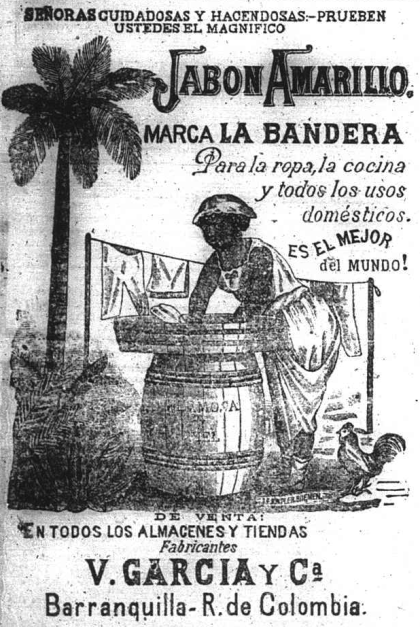Abstract
This paper presents a brief history of the island of Mona from the fields of geology and archeology to dimension space and the social actors involved, and the various activities that took effect in the second half of the XIX century to exploit its natural resources with the participation of government officials, scientists, entrepreneurs and workers with a clear purpose: to diversify production activities in response to the weakness of the economic model and the cyclical crises presented on the island before the sugar and coffee price shocks in the international market. Peru's successful experience with the exploitation and commercialization of guano in the European markets, generated many legends in Puerto Rico about the economic potential that could contain the islands of Mona and Monito, which in the best case would remain in the collective imagination as a utopia in the search and the implementation of economic development in Puerto Rico.
This work is licensed under a Creative Commons Attribution-NonCommercial 4.0 International License.
Copyright (c) 2021 Memorias

